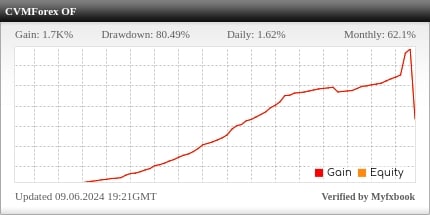In the world of financial markets, traders are constantly searching for an edge that can help them make informed decisions and improve their chances of success. One such tool that has gained significant popularity among traders is price action analysis. Price action analysis is a powerful technique that involves studying and interpreting the price movements of a financial asset, such as a stock, currency pair, or commodity, to make trading decisions. In this article, we will explore the basics of price action analysis and how it can be a valuable tool for traders.
What is Price Action Analysis?
Price action analysis is a trading strategy that focuses on the analysis of historical price data, primarily through the use of candlestick charts. Instead of relying on complicated indicators or oscillators, price action traders believe that all the information they need is reflected in the price itself. They analyze patterns, trends, and key levels of support and resistance to make trading decisions.
Key Principles of Price Action Analysis:
Candlestick Patterns: Candlestick charts display the open, close, high, and low prices for a specific time period. Price action traders look for various candlestick patterns, such as doji, hammer, engulfing, and pin bars, to identify potential reversal or continuation signals.
Support and Resistance: Identifying key levels of support (where prices tend to bounce higher) and resistance (where prices tend to reverse lower) is crucial in price action analysis. Traders use these levels to plan their entries and exits.
Trend Analysis: Price action traders assess the overall direction of the market by analyzing price trends. They look for higher highs and higher lows in an uptrend and lower highs and lower lows in a downtrend. Trends help traders determine the bias of the market.
Price Patterns: Price action analysis involves recognizing and interpreting price patterns, such as head and shoulders, double tops, and triangles. These patterns provide insights into potential future price movements.
Advantages of Price Action Analysis:
Simplicity: Price action analysis relies on straightforward chart patterns and does not involve complex indicators, making it accessible to traders of all experience levels.
Real-Time Information: Price action analysis provides traders with real-time information about market sentiment and price dynamics, allowing for quick decision-making.
Versatility: Price action analysis can be applied to various financial markets, including stocks, forex, commodities, and cryptocurrencies.
High Probability Setups: By focusing on key support and resistance levels, price action traders can identify high-probability trading setups with well-defined risk and reward ratios.
Psychological Edge: Understanding price action can help traders develop better emotional control and discipline, reducing impulsive decisions.
Challenges of Price Action Analysis:
Subjectivity: Price action analysis can be subjective, as different traders may interpret the same price data differently. It requires practice and experience to become proficient.
Time-Consuming: Analyzing price action patterns and trends can be time-consuming, especially for day traders who need to monitor the markets closely.
In conclusion, price action analysis is a valuable tool for traders seeking a clear and simple approach to trading. While it requires practice and experience to master, it can provide traders with a deeper understanding of market dynamics and help them make informed decisions.













